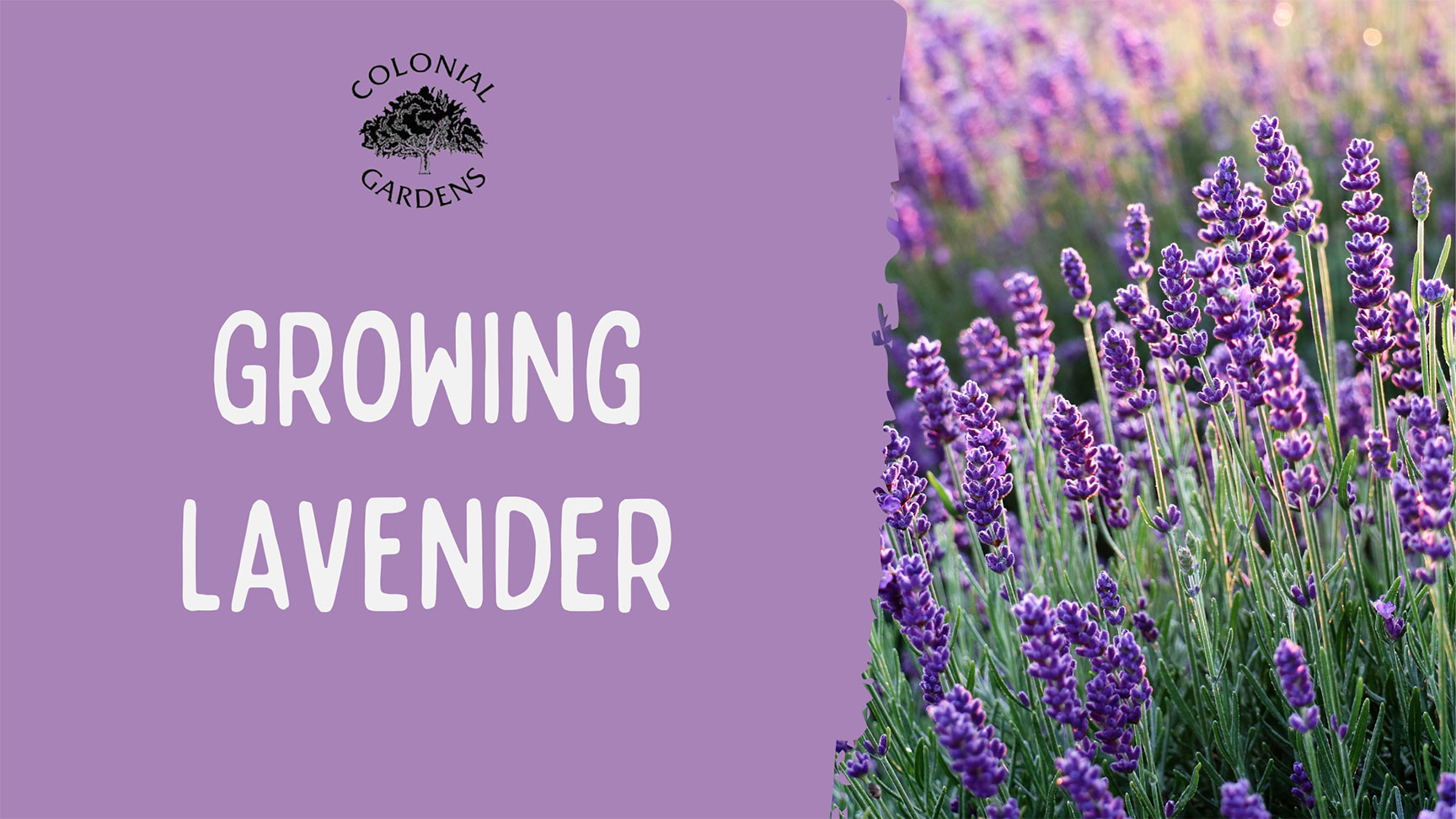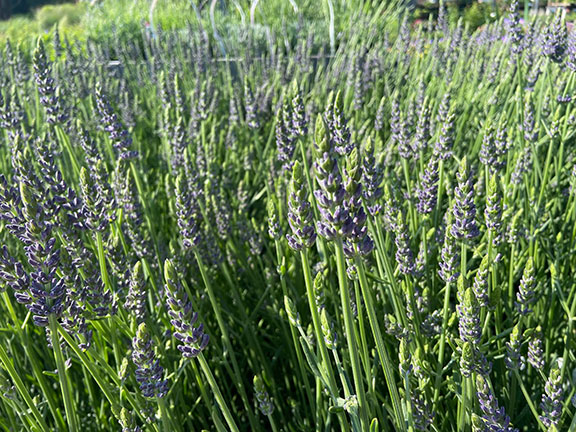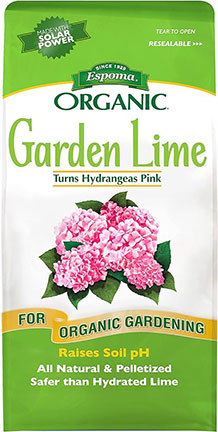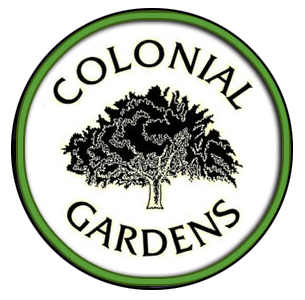
Known for its lovely scent and attractive flowers, lavender is deer resistant as well as being a favorite of bees and butterflies. Lavender is a versatile and fragrant herb that adds beauty and charm to any garden. Here’s a simple guide on how to grow lavender successfully:
Prepping Your Space
There are three key elements to a proper spot for lavender: full sun, alkaline soil, and good drainage.
Full sun locations receive six to eight hours of direct sunlight. Choose a place either on the south or west facing side of the house, or away from the house or trees.
Lavender prefers soil that is lean, sandy, and alkaline with good drainage. Performing a soil test for pH can help you determine if you need to add a supplement like Espoma Garden Lime to make the soil more basic. Lavender prefers a pH of 7.0.
The number one reason for lavender failure is being too wet. Choose a spot with proper drainage. You can improve drainage by adding sand or perlite to the soil, or you can create a mound in your bed that allows you to plant the lavender above the grade of the soil. This can help the soil around the lavender dry out faster than the lower areas around it.

Selecting the Right Lavender
Here at Colonial, we carry over a dozen different varieties of lavender! Most of the lavender used out in the garden is English lavender (Lavandula angustifolia). This hardy lavender species produces the sweetest scent of the lavenders and probably resembles the image of lavender that you have in your head. There are many varieties of English lavender, as well as English lavender hybrids that offer a variety of sizes, foliage, and hues. Always read the tag to see the features of each variety we carry, especially for size.
We also carry French lavender and Spanish lavender as herbs. French lavender (Lavandula dentata) is used in cooking and is similar in appearance to English lavender. Spanish lavender (Lavandula stoechas) features showy, pineapple-like bloom clusters and is mostly used for its looks. These two lavender species are less hardy in our area in Pennsylvania and are often treated as annuals.
Planting
Plant lavender whenever the soil is workable. Space plants at least 12-24 inches apart, depending on the variety, to allow for good air circulation and prevent overcrowding. Some varieties may need more space.
Dig a hole that is at least twice as wide as the root ball of the lavender plant, and just as deep. Gently loosen the roots and place the plant in the hole, ensuring that the top of the root ball is level with the surrounding soil. Backfill the hole and water the plant thoroughly.

Watering
Lavender is drought-tolerant once established and prefers to be on the dry side. Water newly planted lavender regularly to help establish roots, but once established, lavender requires minimal watering. Overwatering can lead to root rot, so it’s important to let the soil dry out between waterings.
Other Care Elements
- Prune lavender lightly after flowering to encourage bushy growth and prevent it from becoming leggy. Avoid cutting into old wood, as lavender may not regrow from bare stems.
- Harvest no more than ⅓ of the plant when the buds are just opened to give you the best scent while maintaining the plant’s beauty.
By following these care guidelines, you can enjoy a bountiful harvest of delicious blueberries from your Pennsylvania garden year after year. Happy growing!

Colonial Gardens is an independent garden center located in Phoenixville in Chester County, Pennsylvania since 1967. We carry one of the widest selection of annuals, perennials, trees and shrubs, and food gardening crops in Southeastern Pennsylvania. We offer professional landscaping services and a full-service florist. Visit our greenhouse for unique houseplants and our gift shop for gifts and garden accessories. In the fall and winter, join us for our family-friendly seasonal events and Christmas shop.
